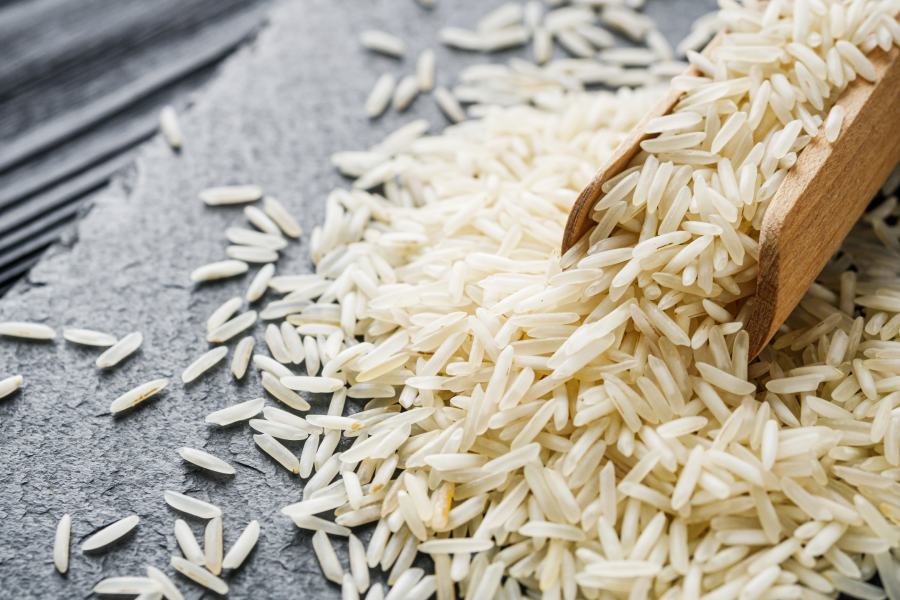
What do two old friends, from either side of the border, do when they meet after a long time? They talk art, food and Paris. That’s artists Jogen Chowdhury from Calcutta and Shahabuddin Ahmed from Bangladesh (now settled in Paris) in a nutshell. The two met at Souk for Aaj Adda at Taj Bengal, along with Shahabuddin’s wife Ana Islam, Smita Bajoria, the director of Ganges art gallery, Modhurima Sinha of Taj Bengal and Samrat Datta, the general manager of the star hotel, on August 29.
A study in contrasts
One came in muted shades — a blue kurta and churidar — while the other was dressed flamboyantly in orange trousers and pink shirt.
“I remember Shahabuddin in his Paris home. I was staying with him and his family at their duplex in 1994, or maybe later. I saw him one morning, tousling his hair to give it its characteristic careless look! He loves fashion and the force in his painting comes from the force in his hair,” laughed Jogen. Shahabuddin and Ana joined in.
The conversation then turned to Shahabuddin’s journey from Bangladesh to the Mecca of art. “I was a Mukti Joddha, a platoon commander, during the Bangladeshi fight for liberation. I never really wanted to go to Paris. I am still in love with my country and also retain my Bangladeshi passport. It was only after liberation that Bangabandhu (Sheikh Mujibur Rahman) suggested I go to Paris for a better experience in art. I went there on a scholarship to study at the Ecole Superieure des Beaux-Arts de Paris,” said the artist who has been living in the French capital for almost 30 years now.
“What struck me first in Paris was the cold,” said the man who was awarded the Ordre des Arts et des Lettres by the French government for his contribution to art in 2014.

Paris, an eye-opener
Jogen Chowdhury first visited Paris in 1965. “The city was an eye-opener for me. Its archietecture left me in awe. But before going to Paris I would watch films at Alliance Francaise to form an idea about the city,” he said.
Jogen, however, found the French a proud and distant lot. “They take pride in their intellectual superiority. But I think they have become a lot cynical now,” he added. French food, too, has deteriorated — “I find it a lot more Americanised now,” he said.

Joy Bangla!
On the table was hummus, with a selection of pitas, Spanakopita, Prawn Tagine and a kebab platter with an assortment of lamb, fish and chicken. Dessert was baklava and rose petal ice cream. And all of it washed down with red wine.
“I always toast saying ‘Joy Bangla’ back home. I say that even when I answer phone calls. The French are now used to it. They have found it easy to learn!” smiled Shahabuddin.
Living alone in Chennai and France taught Jogen how to cook. “I learnt how to make khichuri, mangsho and maachher jhol. In France I preferred eating ham and tinned food.”

Memories of Bangladesh
The Bangladesh liberation war had made Jogen restless. He hails from Faridpur and has often gone back to his roots. “Some distant relatives stay where we once lived. During the liberation struggle I had written a poem. I also finished a painting in my cross-hatch style during that period. I now want to present the painting to the Bangladesh government,” he said.
“I am a fan of Jogenda’s unique style,” added Shahabuddin. “I love visiting Santiniketan too.”










